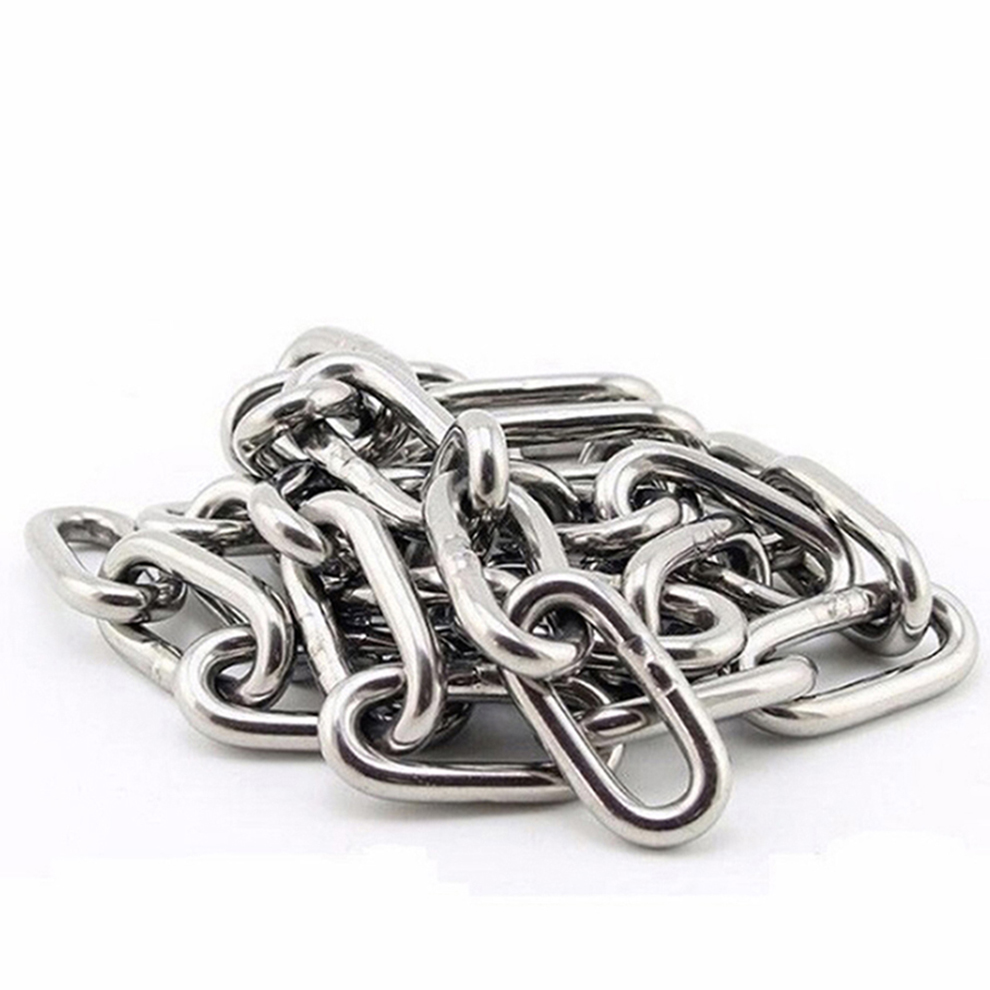The invention and use of stainless steel can be traced back to the First World War. At that time, the British guns on the battlefield were always transported back to the rear due to wear and tear. The military production department ordered Brearley to develop high-strength wear-resistant alloy steel, specializing in solving the wear problem of the gun chamber. Brearley and his assistants collected various types of steel and alloy steels produced at home and abroad, conducted performance experiments on various types of machinery, and then selected more suitable steels to make guns. One day, they experimented with an alloy steel containing a large amount of chromium. After the wear resistance test, they found that the alloy was not wear-resistant, indicating that it could not make guns. So they recorded the experimental results and threw it in the corner. . One day a few months later, an assistant rushed to Brearley with a piece of shiny steel and said, "Sir, this is the alloy steel sent by Mr. Mullah I found when I was cleaning the warehouse. You Do you want to experiment to see what special effect it has!" "Okay!" Brearley said happily, looking at the bright and dazzling steel.
The experimental results show that it is a stainless steel that is not afraid of acid, alkali and salt. This stainless steel was invented by Mullah in Germany in 1912. However, Mullah did not know what this stainless steel was used for.
Brierley thought to himself: "This kind of non-wear-resistant but corrosion-resistant steel can't be used to make guns. Can it be used to make tableware?" He went ahead and made a stainless steel fruit knife, fork, spoon, and fruit plate and folding knives.
The stainless steel invented by Brearley was patented in the United Kingdom in 1916 and began to be mass-produced. Since then, stainless steel accidentally discovered from garbage heaps has swept the world, and Henry Brearley is also known as the "father of stainless steel".

Short Link Chain,Short Link Anchor Chain,Din766 Short Link Chain,Stainless Steel Short Link Chain
Jiangsu Hongze Stainless Steel Wire Rope Co., Ltd , https://www.hzrope.com